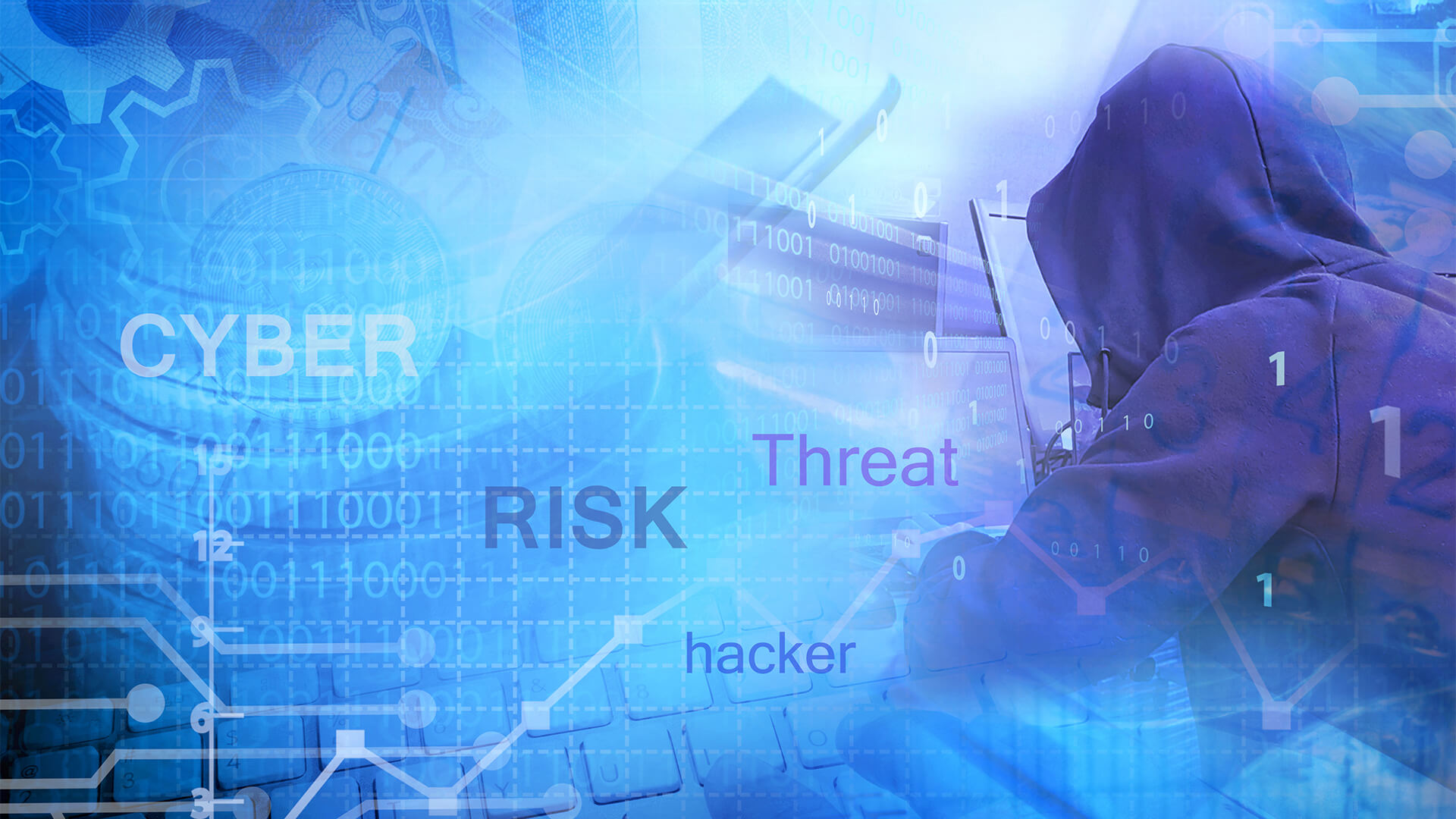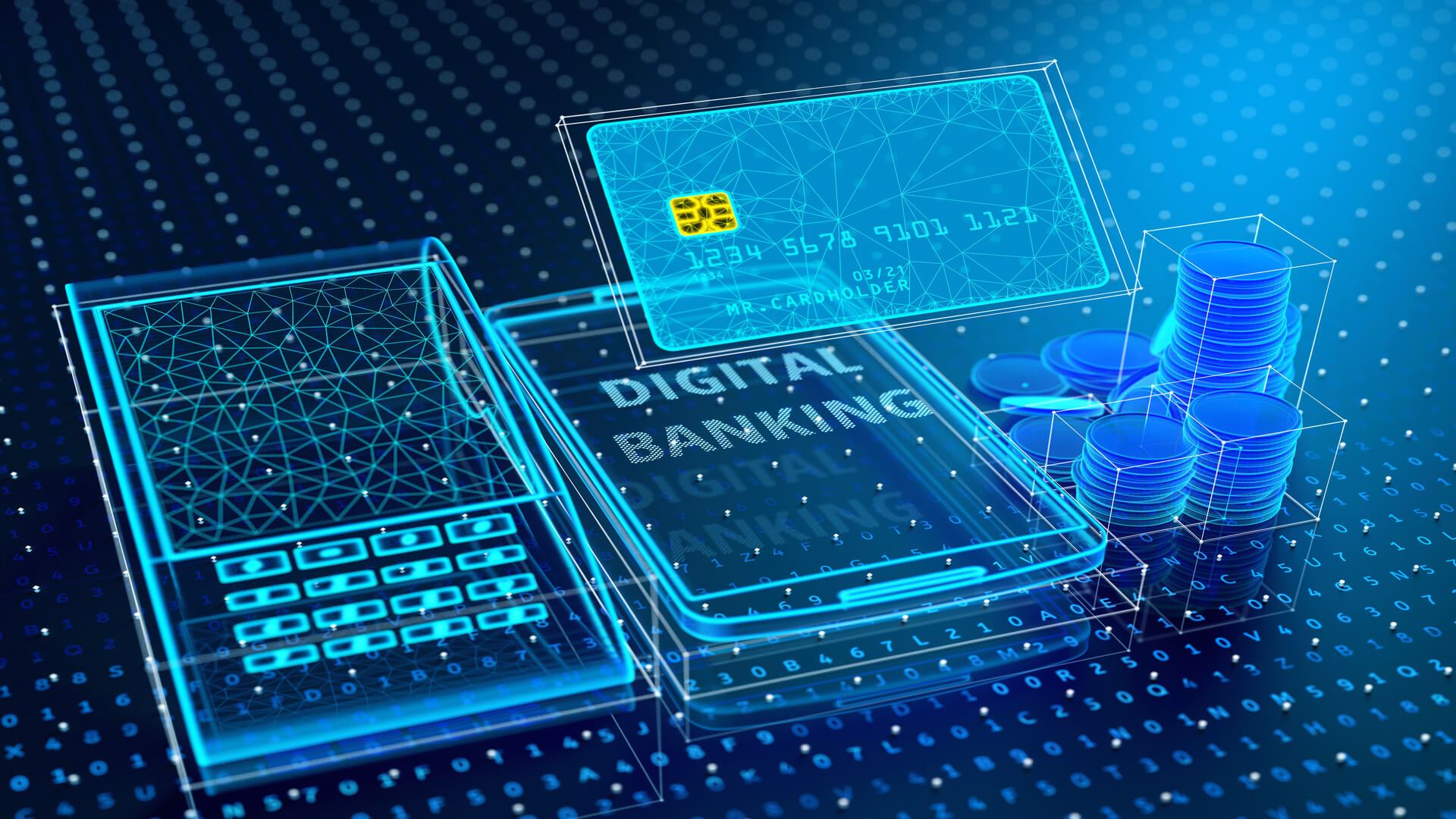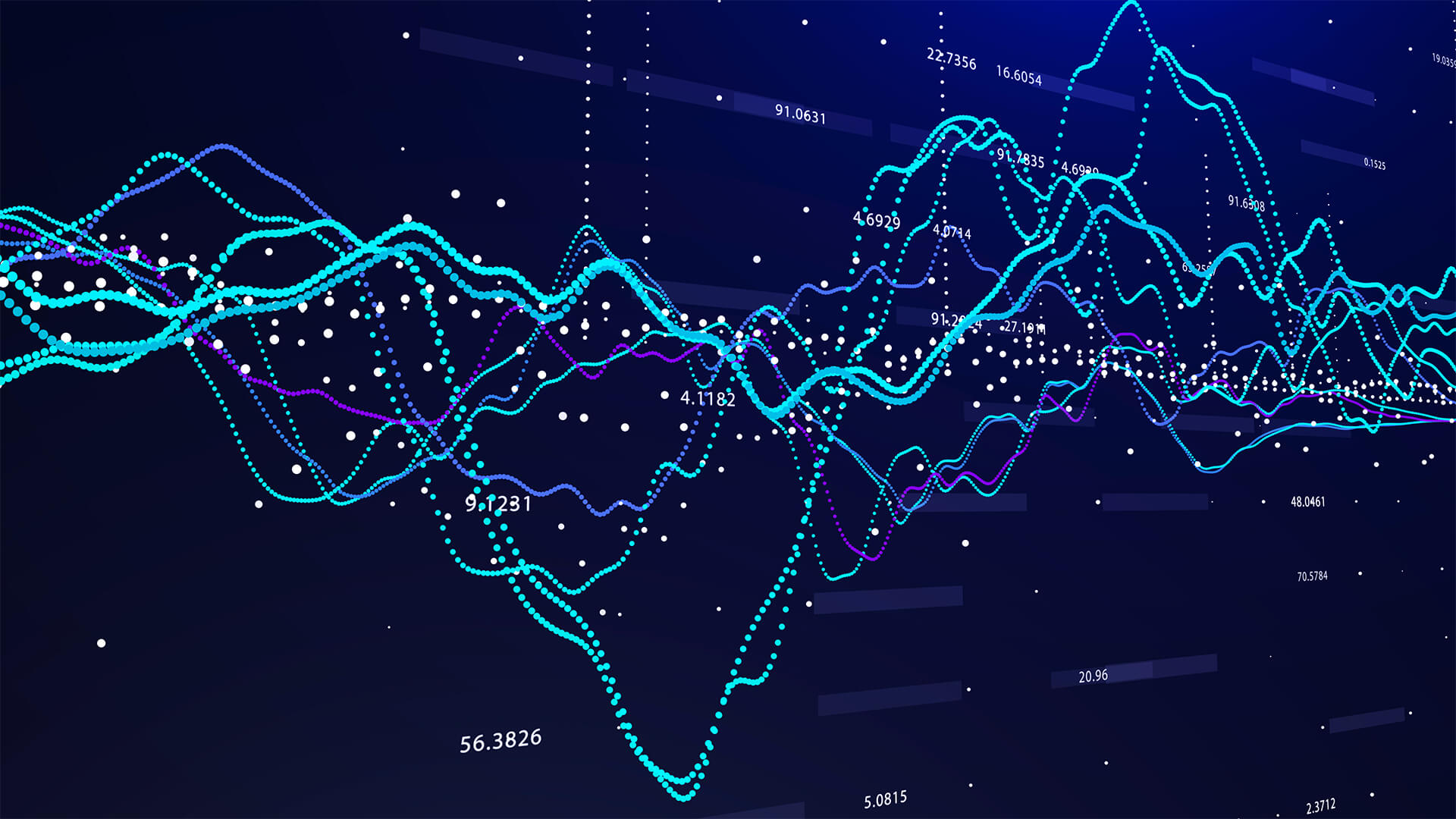
With the advancement of technology, different types of cyberattacks have emerged that invade computer systems and can cripple the operations of an entire organization within minutes. Among all the industries, financial services firms are among the top targets of cyber attackers due to the sensitive data firms deal with, leading to possible financial gains attackers can receive. The cost of cybercrime in the financial services sector is $18.3 million, the highest among other industries. Thus, it is imperative to know which cyber threats financial firms are highly vulnerable to. The article discusses the top five cyber threats facing financial services firms and how you can prevent them.
Ransomware
Ransomware is a form of malware that invades a computer system through various means. Often disguised as messages from legitimate users, ransomware mainly invades a system through phishing emails, spear phishing, drive-by downloads, and social media messages. Once ransomware infiltrates a computer system, it will encrypt the files making them inaccessible.
Ransomware attacks have become a very common and costly cyber threat worldwide. In 2021, the cost of damages due to ransomware was $20 billion, which was 57 times higher than it was in 2015. Therefore, every financial firm needs to be on high alert establishing robust security mechanisms to prevent ransomware attacks.
For ransomware attack prevention, financial firms can take the following measures:
Provide the necessary employee training on how to avoid ransomware attacks.
Ensure that employees always check with the sender when they receive a suspicious email, text, or social media message and avoid clicking on suspicious links.
Keep a regular backup and recovery plan
Keep their system software up to date to mitigate ransomware attacks through software vulnerabilities.
Maintain systems for endpoint protection and email protection for added security.
Data Breaches
A data breach occurs when an individual’s or an organization’s sensitive, private and confidential data get exposed to unauthorized parties. For financial firms, the data can be from users’ personally identifiable information to critical data such as bank account numbers and passwords that could lead to severe financial losses for individuals connected with the firm. Data breaches can happen either due to human error, stolen devices, weaknesses of the security technologies or bad actors inside and outside the organization. The cost of a data breach is increasing every year. In fact, in 2021, the average cost of a data breach was $4.24 million, up from $3.86 million in 2020.
There are many actions financial firms can take to ensure the security of sensitive data. The best approach for data breach prevention will be encrypting data with a robust encryption algorithm so that unauthorized parties cannot see the content of the data. Keeping your software and servers up-to-date also ensures your data are not vulnerable to data breaches from outsiders. Establishing strong security and access policies that meet regulatory compliances, including multi-factor authentication and introducing tight security policies for BYOD, also provides strong protection against possible data breaches.
Phishing and Social Engineering
Social engineering is a common cyber-attack method where attackers use human interactions to invade a computer system. In a social engineering attack, attackers are often disguised as legitimate persons who can even be employees. The attackers can get information from various sources required to infiltrate a system.
Phishing is also a type of social engineering where attackers use malicious emails or websites to invade a computer system disguising themselves as a legitimate and trustworthy person or an organization. For example, the email sender can act as your organization’s help desk, asking you to reset the password by providing a seemingly unharmful link.
To prevent phishing and social engineering, advise your employees not to open any emails if they do not know the person who has sent the email, even if it appears legitimate. Always enforce multi-factor authentication of logins to prevent account compromises if an attack occurs. Also, keep your software up-to-date and use strong antivirus software on your computers, keeping them up to date with automatic updates.
DDOS attacks
A distributed denial-of-service (DDoS) attack happens when attackers exhaust a server or a network by sending many requests at once. It means the network or the server suddenly gets an unexpected network traffic spike which is more than what it has been configured to handle. The sources of attacks can be multiple systems that attackers exploit. The exploited computer systems can have multiple servers and include IoT devices. Research suggests that by 2022, the DDOS attacks can rise up to 14.5 million.
There are several ways financial firms can prevent DDOS attacks. One is rate-limiting or limiting the number of requests the servers can handle. Using a web application firewall is another way to mitigate the effects of DDOS attacks, which can filter requests based on defined traffic rules denying entry to unwanted traffic. Another way is using a black hole to route traffic that can prevent routing traffic directly to the network or the system by routing into a different path.
Insider threats
Insider threat is another popular form of cyberattacks in which a malicious person inside the organization deliberately or unknowingly steals sensitive and critical information. Typically, an insider is an internal employee of the organization who can access critical information. Some insiders become pawns of other bad actors who unknowingly expose critical information. Also, the insider can be a mole, who is an outsider of the organization but somehow manages to gain access to the organization’s network.
The best way to protect your organization from insider threats is by enforcing strong security and access policies with strict access control mechanisms. Also, always protect your critical information through encryptions and data backups. Monitoring and keeping records of the critical data access by the users is also a good practice that can identify potential malicious insiders within an organization.
Conclusion
Cyber-attacks are an ever-increasing phenomenon worldwide that financial firms are highly vulnerable to. This article discussed the top 5 cyber-attacks that can harm financial organizations leading to loss of revenue and reputation. As prevention is always better than cure, financial firms need to establish prevention mechanisms described throughout the article.


























